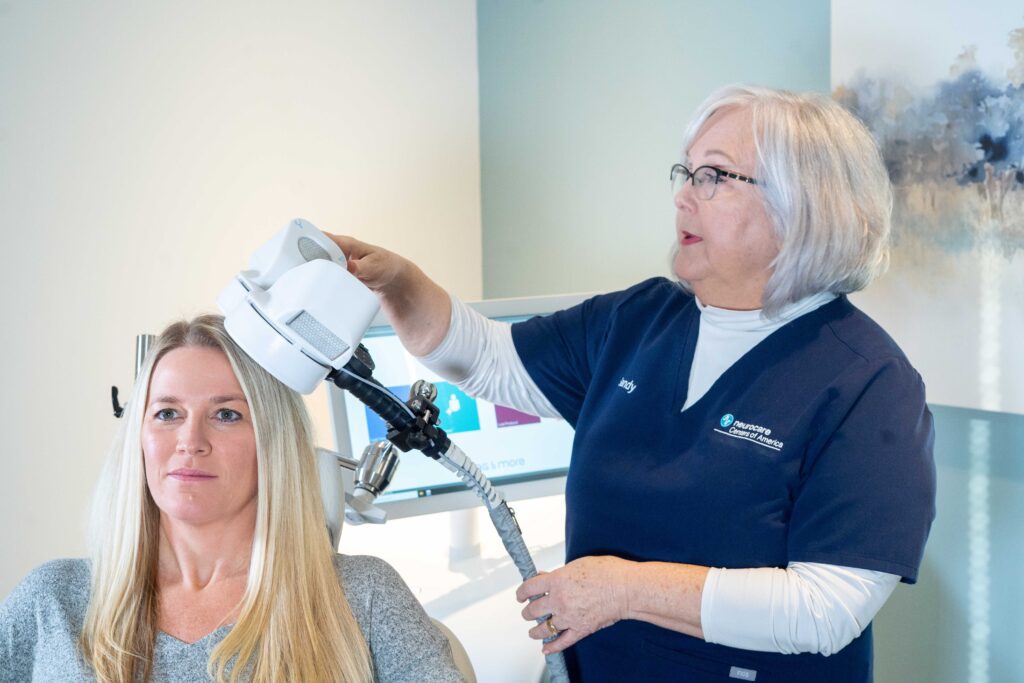Depression, even the most severe cases, can be effectively treated. The earlier that treatment can begin, the more effective it is.

Seeking Professional Help
The first step to getting appropriate treatment is to visit a doctor or mental health specialist. Certain medications, and some medical conditions such as viruses or a thyroid disorder, can cause the same symptoms as depression. A doctor can rule out these possibilities by doing a physical exam, interview, and lab tests. If the doctor can find no medical condition that may be causing the depression, the next step is a psychological evaluation.

Mental Health Professionals
The doctor may refer you to a mental health professional, who should discuss with you any family history of depression or other mental disorders and get a complete history of your symptoms. You should discuss when your symptoms started, how long they have lasted, how severe they are, and whether they have occurred before and if so, how they were treated. The mental health professional may also ask if you are using alcohol or drugs and if you are thinking about death or suicide.
New Standard of Care for Treatment-Resistant Depression Patients
Treatment Options
Once diagnosed, a person with depression can be treated in several ways. The most common treatments are medication and psychotherapy.
In 2010, the American Psychiatric Association released revised practice guidelines for the treatment of depression.
New Standard of Care for Treatment-Resistant Depression Patients—Transcranial Magnetic Stimulation (TMS) Therapy
Now there is new hope for depression. For patients who have not benefited from first-line antidepressant treatments, an innovative depression treatment is available. TMS Therapy offers a proven, medication-free treatment for depression when initial antidepressant medication has failed.1

Additional Information for Reference*
Beyond psychotherapy, conventional first-line depression treatments include antidepressant medications known as SSRIs, DNRIs or SNRIs. These drugs are thought to work by regulating a number of neurotransmitters (or chemical messengers) in the brain. Because antidepressant drugs circulate throughout the body in the bloodstream, they may result in unwanted adverse side effects.
Tricyclics are older antidepressants. Tricyclics are powerful, but they are not used as much today because their potential side effects are more serious. They may affect the heart in people with heart conditions. They sometimes cause dizziness, especially in older adults. They also may cause drowsiness, dry mouth, and weight gain.
Monoamine oxidase inhibitors (MAOIs) are the oldest class of antidepressant medications. They can be especially effective in cases of “atypical” depression, such as when a person experiences increased appetite and the need for more sleep rather than decreased appetite and sleep. They also may help with anxious feelings or panic and other specific symptoms.
However, people who take MAOIs must avoid certain foods and beverages (including cheese and red wine) that contain a substance called tyramine. Certain medications, including some types of birth control pills, prescription pain relievers, cold and allergy medications, and herbal supplements, also should be avoided while taking a MAOI. These substances can interact with MAOIs to cause dangerous increases in blood pressure. If you are taking a MAOI, your doctor should give you a complete list of foods, medicines, and substances to avoid.
MAOIs can also react with SSRIs to produce a serious condition called “serotonin syndrome,” which can cause confusion, hallucinations, increased sweating, muscle stiffness, seizures, changes in blood pressure or heart rhythm, and other potentially life-threatening conditions. MAOIs should not be taken with SSRIs.
Despite the relative safety and popularity of SSRIs and other antidepressants, studies have suggested that they may have unintentional effects on some people, especially adolescents and young adults. In 2004, the Food and Drug Administration (FDA) conducted a thorough review of published and unpublished controlled clinical trials of antidepressants that involved nearly 4,400 children and adolescents.
The review revealed that 4 percent of those taking antidepressants thought about or attempted suicide (although no suicides occurred), compared to 2 percent of those receiving placebos.
This information prompted the FDA, in 2005, to adopt a “black box” warning label on all antidepressant medications to alert the public about the potential increased risk of suicidal thinking or attempts in children and adolescents taking antidepressants.
In 2007, the FDA proposed that makers of all antidepressant medications extend the warning to include young adults up through age 24. A “black box” warning is the most serious type of warning on prescription drug labeling.
The warning emphasizes that patients of all ages taking antidepressants should be closely monitored, especially during the initial weeks of treatment. Possible side effects to look for are worsening depression, suicidal thinking or behavior, or any unusual changes in behavior such as sleeplessness, agitation, or withdrawal from normal social situations.
The warning adds that families and caregivers should also be told of the need for close monitoring and report any changes to the doctor. The latest information from the FDA can be found on their website.
Electroconvulsive (ECT), formerly known as “shock therapy,” once had a bad reputation. But in recent years, it has greatly improved and can provide relief for people with severe depression who have not been able to feel better with other treatments.
Before ECT begins, a patient is put under brief anesthesia and given a muscle relaxant. He or she sleeps through the treatment and does not consciously feel the electrical impulses. Within 1 hour after the treatment session, which takes only a few minutes, the patient is awake and alert.
A person typically will undergo ECT several times a week, and often will need to take an antidepressant or other medication along with the ECT treatments.
ECT may cause some side effects, including confusion, disorientation, and memory loss. Usually, these side effects are short-term, but sometimes they can linger. And sometimes, patients don’t respond to ECT.
Copyright © 2025 | All Rights Reserved